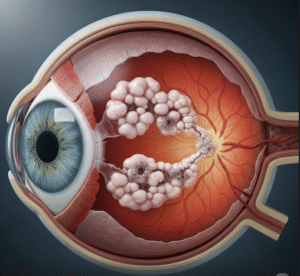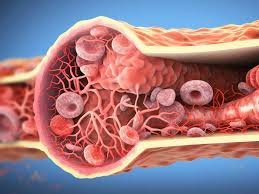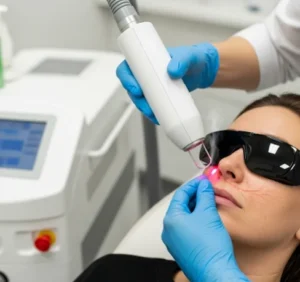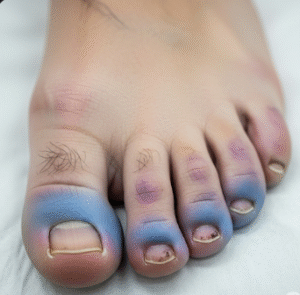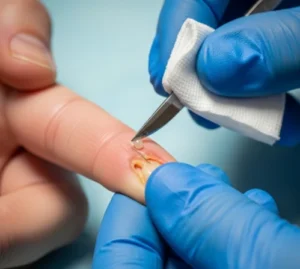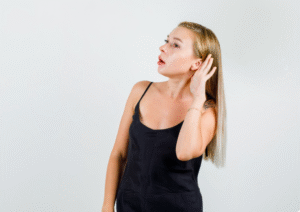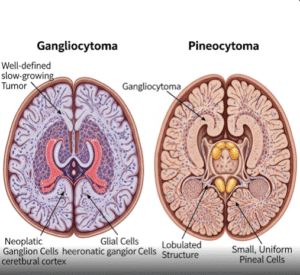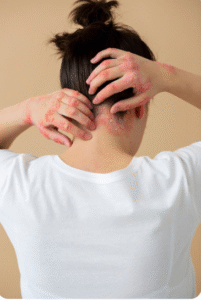What it is
A non-comedogenic regimen is a skincare plan built entirely around products and practices that do not clog pores or trigger acne. “Comedogenic” means pore-blocking, which can lead to blackheads, whiteheads, and breakouts. A non-comedogenic approach is particularly important for people with acne-prone, oily, or combination skin, as well as those recovering from acne scars or pigmentation.
In Korea, this regimen is highly popular because K-beauty emphasizes lightweight, breathable, and layered skincare. Dermatologists and K-beauty brands focus on oil control, barrier repair, and hydration without heavy or greasy textures.
Why it’s done
- To prevent clogged pores and new breakouts
- To balance oil production without over-drying
- To reduce acne flare-ups while calming inflammation
- To fade post-acne pigmentation safely
- To support long-term skin health without pore congestion
- To complement acne treatments, retinoid plans, or post-laser protocols
Alternatives
- Minimalist routines → stripping products down to basics to reduce pore blockage
- Oral supplements → zinc, vitamin D, probiotics for systemic acne support
- Professional treatments → chemical peels, blue light therapy, laser toning for acne-prone skin
- Lifestyle adjustments → diet low in refined sugars and dairy, stress management, regular sleep
Preparation
- Skin type analysis → dermatologist checks for oil production, pore size, and acne severity
- Product review → removing heavy oils, thick occlusives, or comedogenic ingredients (like coconut oil, lanolin, certain silicones)
- Routine simplification → focusing on lightweight hydration and soothing actives
- Expectation setting → non-comedogenic regimens prevent breakouts but results take 6–8 weeks for clarity
How it’s Done
Step 1: Cleansing
- Gel or foam-based, low-pH cleansers
- Salicylic acid cleansers for oily/acne-prone skin
- Cream-based cleansers for sensitive skin, but still non-comedogenic
Step 2: Hydrating toner/essence
- Lightweight, water-based formulas
- Ingredients like hyaluronic acid, green tea, or centella asiatica
Step 3: Treatment layer (targeted serums)
- Niacinamide → regulates oil, brightens, strengthens barrier
- Salicylic acid (BHA) → unclogs pores
- Azelaic acid → reduces redness, pigmentation, and acne
- Tea tree extract or propolis → antibacterial and soothing
Step 4: Moisturizer
- Gel creams or light emulsions
- Ceramides and panthenol for hydration without heaviness
- Avoid thick occlusive balms unless prescribed for barrier repair
Step 5: Sunscreen
- Oil-free, gel-type, or fluid mineral sunscreens
- SPF 50+, PA++++ (broad-spectrum)
- Cushion SPF compacts for acne-prone patients who wear makeup
Optional evening care
- Spot treatments with sulfur or low-strength benzoyl peroxide
- Retinoids (retinol, adapalene) for pore regulation
- Clay masks once a week for sebum absorption
Recovery
- 2–4 weeks → oil balance improves, fewer new blackheads
- 6–8 weeks → noticeable reduction in breakouts
- 3–6 months → clearer skin, less congestion, brighter tone
- Long-term → pores stay less visible, skin feels light and breathable
Korean clinics often complement this with monthly acne-scaling facials, LED light therapy, or gentle chemical peels.
Complications Without a Non-Comedogenic Regimen
- Persistent clogged pores leading to acne
- Frequent breakouts due to heavy skincare or makeup
- Post-inflammatory hyperpigmentation (PIH)
- Enlarged pores from chronic congestion
- Sensitivity and barrier damage from harsh acne treatments without balancing hydration
Treatment Options in Korea
Key ingredients in non-comedogenic K-beauty care
- Niacinamide
- Centella asiatica (Cica)
- Panthenol
- Green tea extract
- Propolis
- Azelaic acid
- Hyaluronic acid
Popular Korean non-comedogenic brands
- COSRX → BHA toners, oil-free moisturizers, acne patches
- Some By Mi → AHA-BHA-PHA Miracle line
- Dr. Jart+ Teatreement → gentle tea tree line
- Isntree → lightweight hyaluronic acid serums and sunscreens
- Etude House Soon Jung → low-irritant barrier care
Signature Korean protocols
- Oily acne-prone → salicylic cleanser + niacinamide serum + gel moisturizer + oil-free SPF
- Sensitive acne-prone → centella serum + lightweight ceramide cream + mineral SPF
- Acne with pigmentation → retinoid + azelaic acid + daily SPF cushion reapplication
- Post-treatment patients → panthenol serum + gel ceramide cream + sunscreen stick
Preventive K-beauty trend
Many Koreans in their teens and 20s start non-comedogenic routines early to prevent breakouts and enlarged pores, focusing on hydration over heavy oils.
Medical tourism appeal
Seoul clinics provide take-home non-comedogenic kits for international patients, often paired with in-office acne or pigmentation care.
Key Point
A non-comedogenic regimen in Korea emphasizes lightweight hydration, oil regulation, barrier support, and sun protection. By combining dermatology-approved ingredients with K-beauty layering methods, patients maintain clearer pores, fewer breakouts, and balanced skin — without compromising on hydration or glow.


